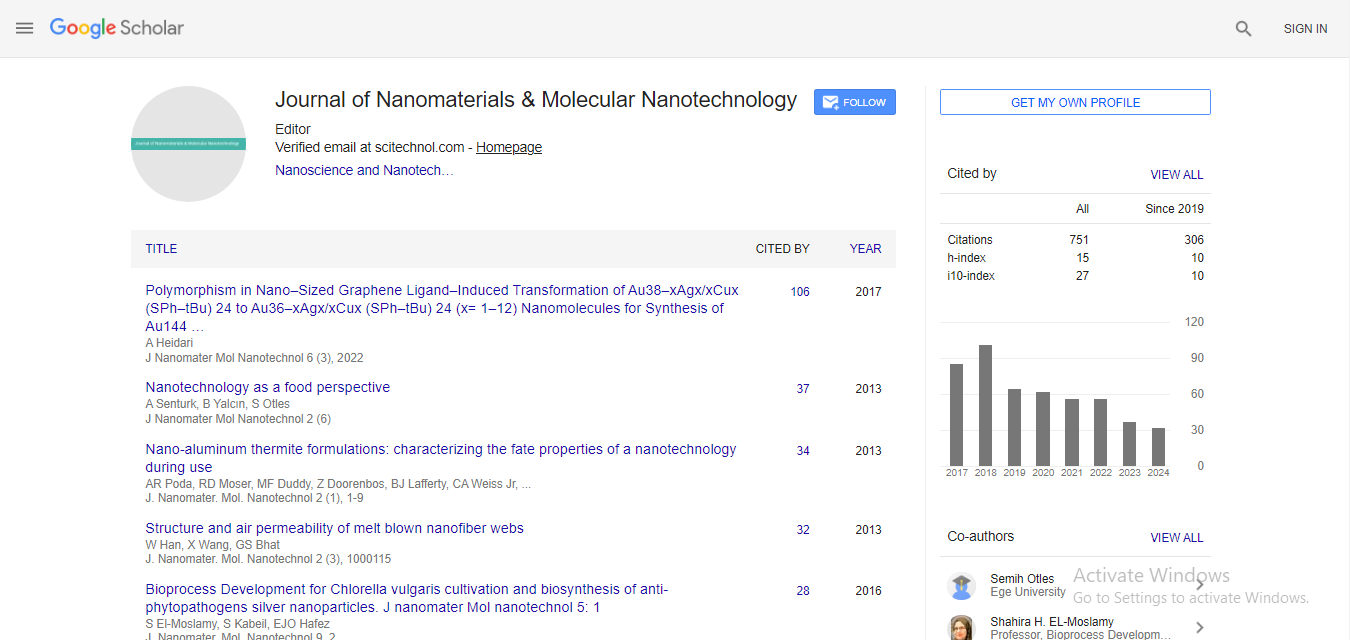DFT investigation about magneto-electric coupling of ANiO3 (A = Ti, Ge, Zr, Sn, Hf and Pb) materials
De Lazaro, Lacerda LHS, Ribeiro APR and Longo E
State University of Ponta Grossa, Brazil
: J Nanomater Mol Nanotechnol
Abstract
Nowadays, the theoretical-computational methods based on quantum mechanics are important tools for the development of materials. The use of such methodologies offers additional advantages to the experimental techniques since it shows a better relationship between results precision and study time, especially in the case of Density Functional Theory (DFT). The theoretical methods are also largely employed in materials development aiming for technological applications; nowadays, multiferroic (MF) materials represent an emergent technology and have attracted the interest of researchers around the world. Multiferroism consists in the coexistence and coupling between magnetic ordering and ferroelectricity or ferroelasticity in the same crystalline phase. In particular, the most common multiferroism is known as magnetoelectric (ME) coupling. The investigation of multiferroic materials aims its application at development of several devices such as actuators, magnetic readers, sensors, tunneling and data storage devices. Multiferroism is found only in a very restrict group of crystalline structures such as perovskite, ilmenite (R3) and ordered corundum (LiNbO3 structure – R3c). It is important to note that the R3c structure is the most common structure observed in known multiferroic materials, such as BiFeO3, PbNiO3, YMnO3, BiMnO3 and TbMnO3. The R3c has a general formula of ABO3, lattice parameters a=b≠c and angles α=β=90° and γ=120°; the A and B cations are both surrounded by six O atoms forming two distorted octahedra. Our work represents a theoretical effort to provide molecular information about an already reported PbNiO3 material (PNO) and new proposed materials (TiNiO3, GeNiO3, ZrNiO3, SnNiO3 and HfNiO3). Therefore, theoreticalcomputational methods based on DFT/ B3LYP were employed to investigate multiferroic materials through chemical substitution of Pb atoms in PNO structure by Ti, Ge, Zr, Sn and Hf atoms.
Biography
E-mail: srlazaro@uepg.br
 Spanish
Spanish  Chinese
Chinese  Russian
Russian  German
German  French
French  Japanese
Japanese  Portuguese
Portuguese  Hindi
Hindi 



